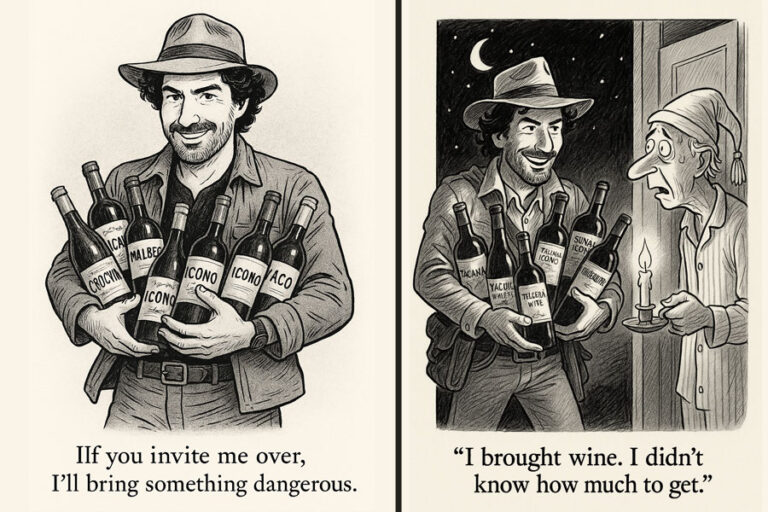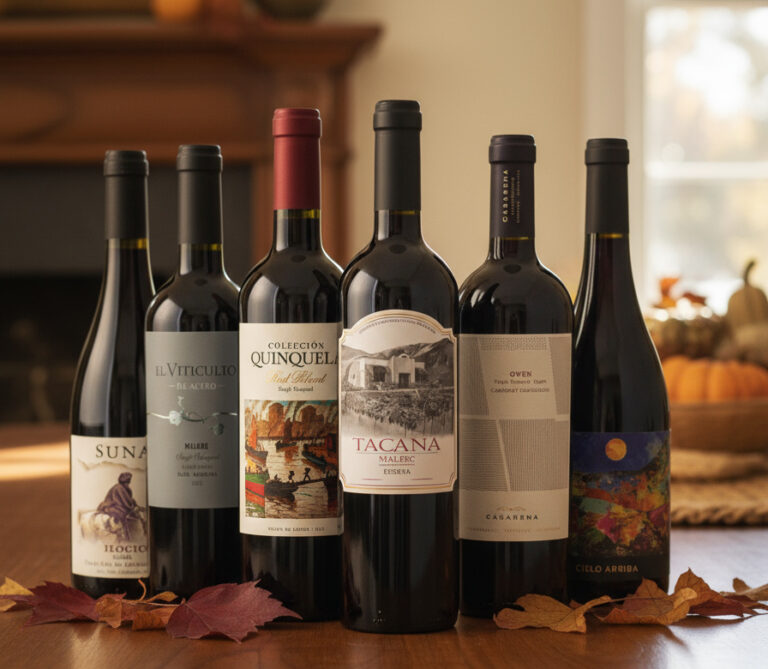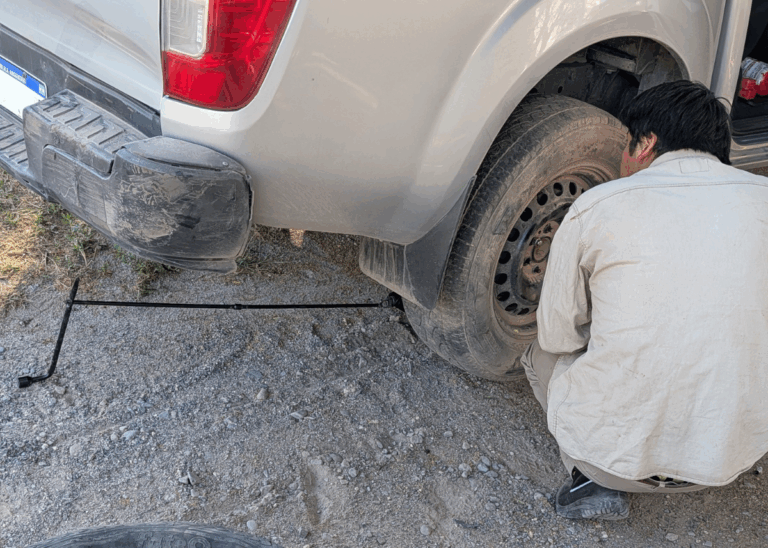[et_pb_section fb_built=”1″ _builder_version=”4.9.4″ _module_preset=”default” global_colors_info=”{}”][et_pb_row _builder_version=”4.9.4″ _module_preset=”default” global_colors_info=”{}”][et_pb_column type=”4_4″ _builder_version=”4.9.4″ _module_preset=”default” global_colors_info=”{}”][et_pb_text _builder_version=”4.11.1″ _module_preset=”default” hover_enabled=”0″ global_colors_info=”{}” sticky_enabled=”0″]Contents:
- What are DOC & DOCG Wines?
- Aging requirements for DOC and DOCG Wines
- What Is IGT Wine?
- What is VdT Wine?
- How to Tell the Difference Between DOC, DOCG, IGT and VdT Wines
- Final Overview: DOC, DOCG, IGT, and VdT
[/et_pb_text][et_pb_text _builder_version=”4.11.1″ _module_preset=”default” hover_enabled=”0″ global_colors_info=”{}” sticky_enabled=”0″]In Italy, there are four main classifications for wine. In descending order of cachet, they are DOCG, DOC, IGT, and VdT.
The system is based on terroir, or the idea that the unique combination of climate, soil, and grape varieties in a specific geographical area can produce wines with distinct characteristics. It’s intended in part to preserve the traditional winemaking practices & wine styles of specific regions in Italy (a country where practically every small town has its own local grape variety and wine style).
What are DOC & DOCG Wines?
Both DOC and DOCG wines are considered premium wines and are priced accordingly.
The system is designed to protect the reputation of high-quality Italian wines by ensuring that only wines produced in a specific geographical area and in accordance with strict regulations can use the DOC or DOCG designation. It is regulated by the Italian Ministry of Agriculture, Food and Forestry Policies, and the National Institute of Wine.
DOC stands for “Denominazione di origine controllata” which translates to “controlled designation of origin.” It is the standard classification and covers 330 Italian wine styles. Note that we’re talking about “styles” here. In addition to the geographical location of the vineyard and winery, the wine must be made according to a specific set of rules.
To be eligible for the DOC classification, a wine must be made from a specific grape variety or blend of grape varieties, grown in a specific geographical area, and produced according to specific regulations that govern everything from yield to alcohol content. The wine must also pass a rigorous evaluation to meet the required quality standards.
The rules become more stringent with a DOCG, which adds a “garantita” to “denominazione di origine controllata.” Not only must the winemaking follow certain rules, but the resulting wine undergoes evaluation by a government committee – including both a chemical analysis and a tasting.
The DOCG classification is the highest level of guaranteed quality and authenticity that can be awarded to Italian wine. Some of the most famous include Chianti, Barolo, and Brunello di Montalcino.
Initially, it was only Brunello, Vino Nobile, Barolo, and Babaresco which had a DOCG designation. Today, that list has expanded to 74 wines, including Chianti and Chianti Classico (separate DOCGs).
Some of the most famous DOCG wines are produced in Tuscany, such as Brunello di Montalcino, Chianti Classico, and Vino Nobile di Montepulciano. Piedmont also produces some of the most famous DOCG wines like Barolo, Barbaresco, and Moscato d’Asti.
Other regions known for producing high-quality DOC and DOCG wines include Lombardy, with wines such as Franciacorta (an Italian take on Champagne) and Valtellina, and the Veneto, with wines such as Amarone della Valpolicella and Prosecco.
Obtaining and maintaining the DOC and DOCG designations is an ongoing process, and a commission must regularly check the wines to ensure the regulations are still followed.
The DOC and DOCG classification system is not without its criticisms. Some argue that the regulations are too strict and stifle innovation and creativity, making unclassified wines, which can be quite good, seem lower quality by comparison.
Others argue that the system is too lenient and that some wines are awarded the DOC or DOCG designation without earning it.
While these classifications are intended to guarantee quality and authenticity, wines that do not meet the requirements for a DOC or DOCG designation may still be of high quality. They just may not be made according to the strict rules governing winemaking practices & styles.
Although DOC and DOCG wines are considered premium and are priced accordingly, they are not always more quality or more expensive than their non-designated counterparts. Some non-DOC and -DOCG wines are extremely high quality and hence priced higher. The famous “Super Tuscan” Tenuta dell’Ornellaia Masseto, a Toscana IGT wine, is listed between $681 and a whopping $1,024 across various wine sites.
Other countries, such as France and Spain, also have systems to classify and regulate the quality and authenticity of their wines. France has the Appellation d’Origine Contrôlée (AOC), and Spain has the Denominación de Origen (DO) system.
Aging requirements for DOC and DOCG Wines
The minimum aging requirements for DOC and DOCG wines vary depending on the specific wine and the geographical area where it is produced.
For a DOC wine, the minimum aging requirements are typically established by the regulations for the specific geographical area where the wine is produced. These requirements can range from a few months to several years. The aging requirements also vary based on the grape variety used, the wine-making method, the style of wine, and the intended use.
For a DOCG wine, the minimum aging requirements are generally more strict. The wines are typically aged for longer than DOC wines, to ensure that they reach a higher level of quality and complexity. The aging requirements can vary from one year to several years. The aging process can occur in oak barrels, or the large Slovenian oak vats traditionally used in Italy called “botti”, steel tanks, or some combination. The aging process is affected by the grape variety, the winemaking method, and the style of the wine.
The aging requirements for different wines within the same DOC or DOCG can vary widely. For example, a DOCG Barolo may have a minimum aging requirement of 36 months, while a DOCG Brunello di Montalcino may have a minimum aging requirement of 60 months.
The aging requirements for DOC and DOCG wines are not only related to the time the wine spends in the barrel or bottle, but also the conditions under which it’s stored. The ideal storage conditions will vary depending on the wine but generally include a cool, dark, and humidity-controlled environment like the classic stone wine cellar.
Some wines are aged longer than the minimum requirement to enhance their quality, complexity, and character. This is often the case for some wines that are meant to be aged for an even longer time in bottle in your cellar, such as Barolo and Brunello di Montalcino.
The aging requirements for DOC and DOCG wines can also change over time, as the regulations are periodically reviewed and updated by the Italian government to keep up with the changing tastes and trends in the wine industry.
Aging requirements are of course just one aspect of the quality and authenticity of a wine, and they should be considered along with other factors such as grape variety, winemaking techniques, and terroir.
What Is IGT Wine?
IGT stands for “Indicazione geografica tipica” which translates to “typical geographical indication.” It’s used for wines which are produced within a specific geographical area but do not meet the strict regulations required for DOC or DOCG wines.
The aging requirements for IGT wines are not as strict as those for DOC and DOCG wines, but they do have to follow certain guidelines to ensure the quality of the wine. This designation allows for more flexibility in grape varieties, production methods, and aging.
Because they don’t benefit from a famous name on the label (Barolo, Brunello, Chianti, etc.), IGT wines tend to be less expensive & are often considered a step below DOC and DOCG wines. They have an advantage over the DOCs, however, in that they allow for more experimentation.
Cult “super Tuscans” (made with non-sanctioned French grapes rather than Italian varietals) like Sassicaia are among the most acclaimed (and most expensive) Italian wines. Yet they were once IGTs. (Due to their success, Sassicaia and the other Bolgheris were granted their own DOC in the 1980s).
Despite their looser regulations, some IGT wines are good representations of a specific geographical area, reflecting the local terroir and winemaking traditions. They can also serve as a stepping stone for winemakers working towards obtaining the DOC or DOCG designation for their wines.
It’s important to note that IGT wines are not allowed to use the name of the official region on the label, unlike DOC or DOCG wines. They can only use the name of the grape variety or blend and the name of the more general geographical area. This can make it difficult for consumers to identify where the wine is from..
Overall, IGT wines can be a good option for anyone looking to try Italian wines that are a little less expensive and more experimental than DOC or DOCG wines.
What is VdT Wine?
VdT stands for “Vino da tavola” which translates to “table wine.” This designation is used for wines that are produced in Italy but do not meet the regulations required for DOC, DOCG or IGT wines.
This is the “lowest” quality category, and specific regulations regarding grape variety, production methods, and aging do not bind the wines. Wines that carry this designation can be made from any grape variety, grown anywhere in Italy, and produced using any method.
These looser regulations allow for greater flexibility in winemaking, but also mean that the wines are not guaranteed to have the same level of quality and authenticity as DOC, DOCG, or IGT wines.
VdTs are often intended for immediate consumption and are usually less expensive than other Italian wines. (However, this is not always the case; some VdT wines can be more expensive than their designated counterparts, depending on the grape varieties, production method, and winemaking techniques used.)
Unlike DOC, DOCG or IGT wines, VdT wines do not have to be bottled in a specific geographical area. This allows for greater production flexibility and makes it easier for winemakers to get their wines to market.
VdT wines can be produced from any grape variety grown anywhere in Italy. This allows for a wide variety of styles and flavor profiles but also means that the wine may not be as representative of a specific geographical area or winemaking tradition as a higher classification wine.
The VdT designation does not mean the wine is of poor quality. It may simply be an experimental wine, using nontraditional or foreign grapes; the regulations are as much about protecting traditional wine styles as they are about quality.
Still, it will not have the same guarantee of quality and authenticity as wines with DOC, DOCG, or IGT designations. Because of the lack of regulation, it’s important to try VdT wines from different producers and regions to find one you like.
The lack of strict regulations in VdT wines means that the quality can vary widely from producer to producer. However, it can be a good opportunity for small wineries and new winemakers to enter the market, as the regulations are less restrictive and the costs of obtaining the designation are lower. They can still be quite good, represent the diversity of Italian wines, and offer a more casual and affordable option for wine lovers.
Some of the most famous VdT wines are produced in the Piedmont region, such as Barbera, and the Veneto region, such as Bardolino and Soave.
A final note: as with the above classes, a VdT classification is not set in stone. A wine that starts its life as a VdT wine could potentially be reclassified as a DOC, DOCG, or IGT, if the winemaker decides to comply with the stricter regulations and pass the required evaluations.
How to Tell the Difference Between DOC, DOCG, IGT and VdT Wines
There are several ways to find out which classification your wine fits into:
- Check the label: The label of a DOC, DOCG, IGT, or VdT wine will typically indicate the designation. For example, a DOC or DOCG wine will have the words “Denominazione di origine controllata” or “Denominazione di origine controllata e garantita” on the label, respectively. An IGT wine will have the words “Indicazione geografica tipica” on the label. A VdT wine will have the words “Vino da tavola” on the label.
- Look for the seal: Many DOC, DOCG, IGT, and VdT wines will also have a seal on the label that indicates the designation, issued by the Italian government and serving as a guarantee of quality and authenticity.
- Check the geographical indication: The geographical indication on the label of the wine can give an idea that the wine is DOC, DOCG, IGT, or VdT. For example, a wine that indicates the region and the specific area, such as “Chianti Classico” is most likely a DOCG wine. A wine that indicates a region, such as “Toscana” is most likely an IGT wine.
- Research the producer: Researching the producer can also give an idea of the classification of the wine. Many reputable producers (with the possible exception of small, family wineries, which Italy has in spades) will have a website that includes information about the wines they produce and the designations they have obtained.
Not all wines that are DOC, DOCG, IGT, or VdT will have these designations on their labels, but they will have to comply with the regulations to be commercialized as such.
Final Overview: DOC vs. DOCG, IGT, and VdT
Regarding Italian wine, these are the four main classifications: DOC, DOCG, IGT, and VdT.
DOCG (Denominazione di origine controllata e garantita) is considered the highest level of quality and authenticity that can be awarded to Italian wine. They are produced in specific regions and comply with strict regulations regarding grape variety, production methods, and aging. Wines must be submitted for technical analysis and tasted for approval by a government committee before they can be sold as DOCG wines. The DOCG wines even have a numbered, government seal across the neck of the bottle to prevent counterfeiting.
DOC (Denominazione di origine controllata) is the next step down from DOCG. These wines are also produced in specific regions and must comply with strict regulations regarding grape variety, production methods, and aging. However, the rules are less restrictive; minimum aging times are lower, maximum yields higher, and the wines do not have to go through a governmental tasting committee.
IGT (Indicazione geografica tipica) wines are produced in a specific geographical area but do not meet the strict regulations required for DOC or DOCG wines. This designation allows for more flexibility in terms of grape varieties, production methods, and aging. IGT wines are still considered to be of good quality and can represent the specific geographical area where they are produced.
VdT (Vino da tavola) wines are the “lowest” quality category and are not bound by any specific regulations regarding grape variety, production methods, and aging. These wines are often intended for immediate consumption and are usually less expensive than other Italian wines. They can be a good option for those looking to try Italian wines at a more affordable price point. However: one shouldn’t look down on a VdT wine! They can be excellent; many producers simply choose not to comply with the extremely strict higher regulations. [/et_pb_text][et_pb_text admin_label=”SING OFF” _builder_version=”4.11.1″ _module_preset=”default” hover_enabled=”0″ global_colors_info=”{}” sticky_enabled=”0″]
P.S. Resident expert Julien covers a crucial aspect of judging wine: its ‘body’… the compound that makes a Napa cab feel so much bigger than a thin pinot… why body isn’t the same as texture… a surprisingly helpful milk analogy… and more…
[/et_pb_text][et_pb_video src=”https://www.youtube.com/watch?v=CnUK5l2nUt0″ module_id=”video” _builder_version=”4.9.4″ _module_preset=”default” width=”75%” width_tablet=”90%” width_phone=”95%” width_last_edited=”on|phone” module_alignment=”center” global_colors_info=”{}”][/et_pb_video][/et_pb_column][/et_pb_row][/et_pb_section]



